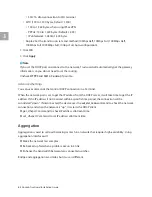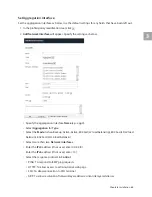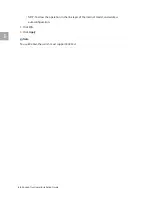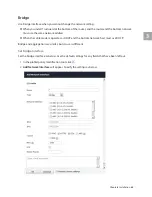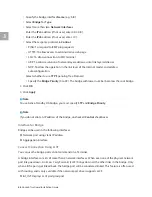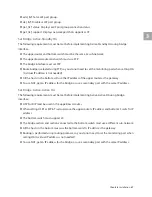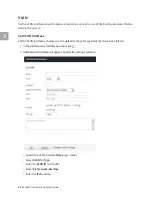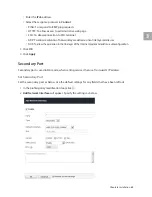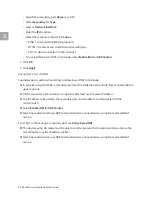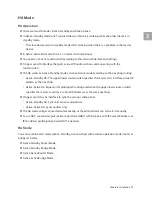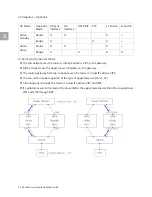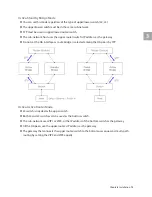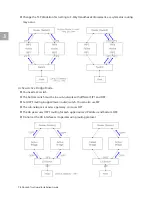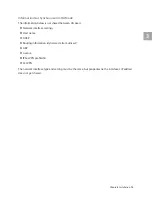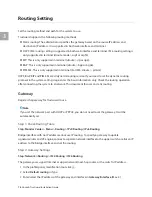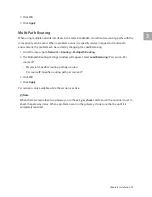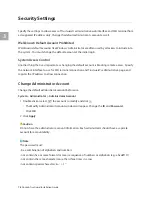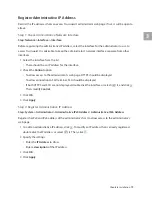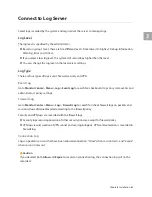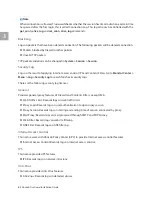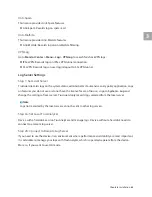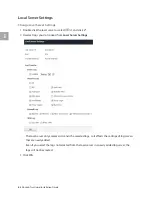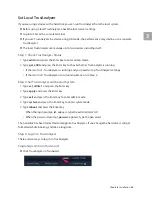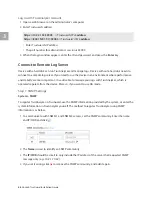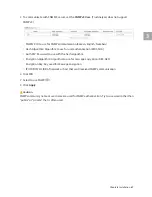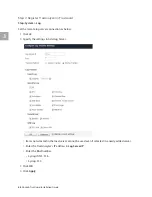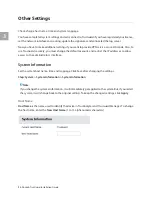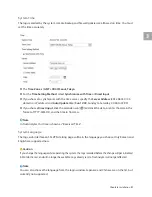
3
76
AhnLab TrusGuard Installation Guide
Routing Setting
Set the routing method and path for the system to use.
TrusGuard supports the following routing methods.
Static routing: The administrator specifies the gateway based on the source IP address and
destination IP address. It is supported in both web interface and terminal.
OSPF: IPv4 routing setting is supported in both web interface and terminal. IPv6 routing setting is
only supported in terminal (droute mode > ospf or ospf6).
RIP: This is only supported in terminal (droute > rip or rip6).
BGP: This is only supported in terminal (droute > bgp or bgp6).
PIM-SM: This is only supported in terminal (For IPv4, droute > pimsm).
OSPF, BGP, RIP and PIM-SM are all dynamic routing service. If you need to set the dynamic routing
protocol in the system setting stage, enter the basic information only. Check the routing operation
after connecting the system to a network. This document focuses on static routing.
Gateway
Register the gateway for TrusGuard to use.
Note
If you set the network port with DHCP or PPPoE, you do not need to set the gateway. It will be
automatically set.
Step 1: Check Routing Table
Step: Monitor Center > Menu > Routing > IPv4 Routing / IPv6 Routing
Bridge interface with no IP address cannot use IP routing. To specify a gateway to update
signatures/rules and V3 engine, connect a separate network interface to the upper switch, or allot an IP
address to the bridge interface and set the routing.
Step 2: Gateway Settings
Step: Network > Routing > IPv4 Routing / IPv6 Routing
The gateway uses upper (Internet or upper network) next-hop router, or the switch’s IP address.
1
In the profile/policy modification tool, click
.
2
Select
Default routing
in Type.
3
Enter/select the IP address of the gateway and interface in
Gateway/Interface
(Max. 4).

